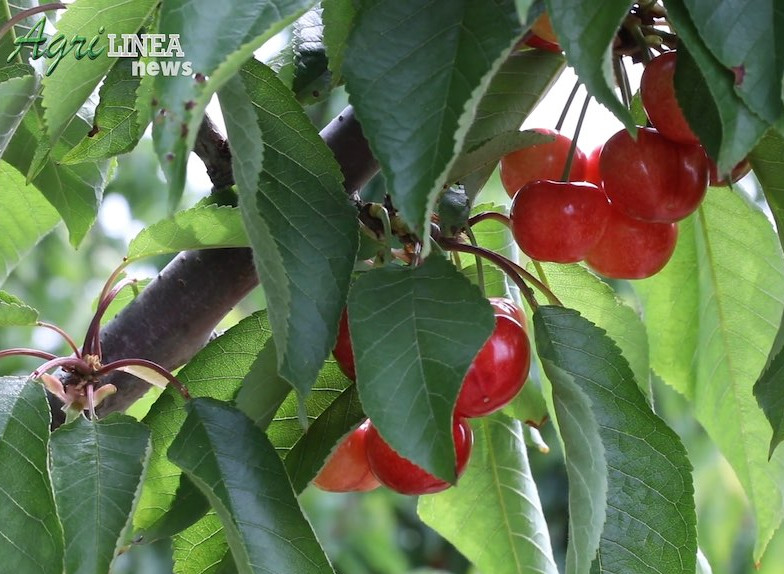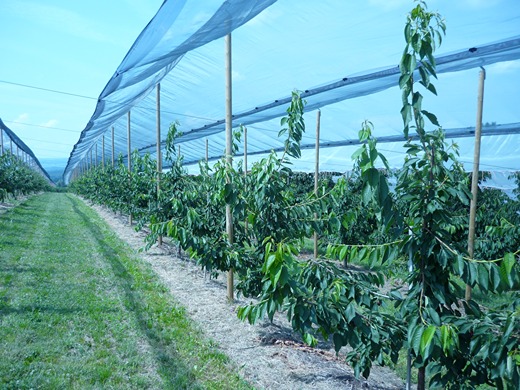In recent decades, modeling the phenology of woody plants, especially dormancy and blooming, has become a key tool also for understanding the e;ects of climate change.
However, traditional bioclimatic models used to predict these events exhibit significant structural discrepancies, which limit their reliability and require frequent site-specific recalibrations.
At the same time, machine learning (ML) based approaches o;er powerful data-driven solutions, but often lack interpretability, lacking the transparency that characterizes models grounded in biological knowledge.
Hybrid phenology model
To overcome these limitations, a group of researchers developed and proposed a hybrid phenology model that integrates biological knowledge with machine learning to predict cherry tree blooming.
The model was tested across three case studies in Japan, South Korea, and Switzerland, consistently outperforming both traditional mechanistic models and neural networks.
The proposed hybrid model is based on a process-based structure, but replaces the component responsible for chill accumulation, essential for overcoming endodormancy, with a multilayer perceptron (MLP), while keeping the thermal forcing module unchanged.
Model design and data
This design allows the model to learn the plant’s response to winter temperatures directly from data while maintaining coherence with the known biological structure of the process.
The dataset used for training and evaluation comprised over 9,000 blooming observations, paired with hourly temperature data from the MERRA-2 database.
The model’s performance was benchmarked against three conventional bioclimatic models (Chill Hours, Utah Chill, and Chill Days) as well as two standard neural network architectures (CNN and LSTM).
Performance and results
Results, expressed as mean absolute error (MAE), show that the hybrid model consistently outperformed all other approaches across experimental conditions, with error reductions of up to 30–40% compared to traditional models.
It also demonstrated particular robustness in data-scarce environments, such as South Korea, maintaining high predictive accuracy even without site-specific recalibration.
Another key strength is the model’s ability to generalize to previously unseen tree varieties, o;ering reliable predictions even under climatic conditions not represented in the training set.
Biological interpretation issues
Despite its predictive success, the analysis of the learned response functions revealed some discrepancies compared to biologically expected curves.
For instance, the model’s learned chill response shows phenological contributions even at temperatures above 12.5 °C, a range in which classical models predict no e;ect.
This suggests that, although the model is constrained by a biophysical structure, the learned function does not always faithfully reflect the underlying biological mechanisms.
Limitations and future work
Moreover, variations in the learned response were observed across di;erent model initializations (seeds), indicating sensitivity to input data variability.
Future development of the model may introduce regularization techniques to steer the learning process toward biologically plausible solutions, thereby enhancing both predictive accuracy and scientific credibility.
In conclusion, the study presents a hybrid approach to phenology modeling that balances interpretability and flexibility. When applied to cherry tree blooming, the model demonstrated high generalization capability, varietal adaptability, and predictive precision.
Source: van Bree, R., Marcos, D., & Athanasiadis, I. N. (2025). Hybrid phenology modeling for predicting temperature e;ects on tree dormancy. In Proceedings of the AAAI Conference on Artificial Intelligence (Vol. 39, No. 27, pp. 28458-28466). https://doi.org/10.48550/arXiv.2501.16848
Image source: SL Fruit Service
Andrea Giovannini
University of Bologna (ITA)
Cherry Times - All rights reserved












